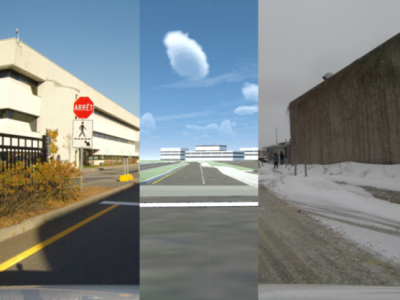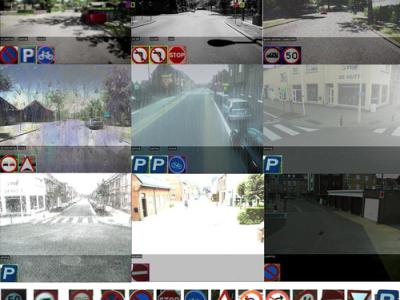
This dataset contains responses from a structured questionnaire survey conducted in Wuhan, China, from February to April 2025, targeting public behavioral intentions toward the adoption of driverless vehicles (DVs). A total of 515 valid responses were collected from urban residents through online distribution channels. The questionnaire was designed based on an integrated theoretical framework combining the Unified Theory of Acceptance and Use of Technology (UTAUT), the Theory of Planned Behavior (TPB), the Technology Acceptance Model (TAM), and Perceived Risk Theory.
- Categories:





